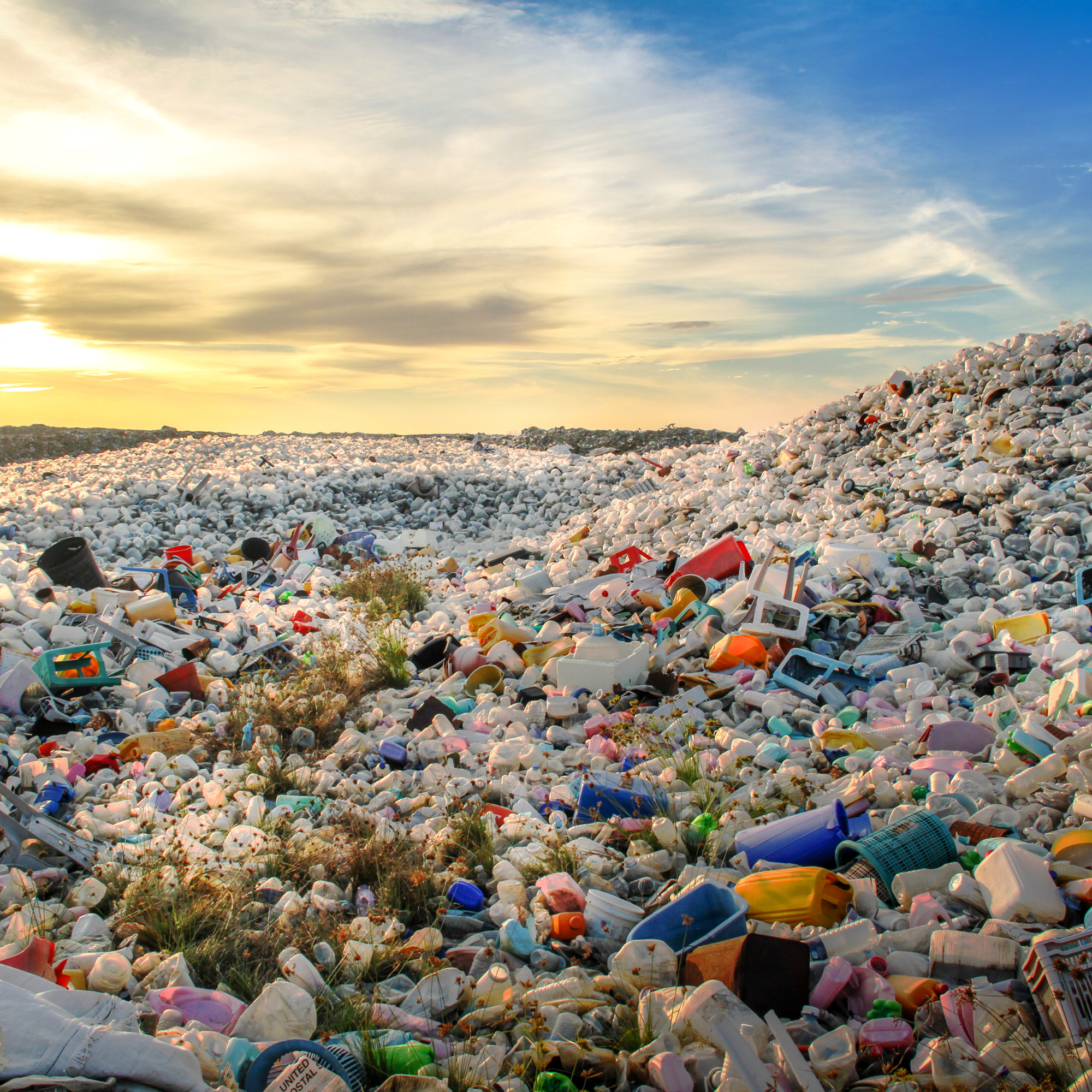When you reach for a bottle of water, it feels like a simple, healthy choice. But behind every plastic bottle is a long trail of energy use, environmental waste, and economic cost that most people never see.
The truth is that bottled water is one of the least sustainable consumer products in the modern world. Here’s what your bottle of water really costs, not just in dollars, but in energy and impact.
1. Bottled Water Uses Thousands of Times More Energy Than Tap Water
According to research by the Pacific Institute and University of Colorado Boulder, producing bottled water requires up to 2,000 times more energy than producing the same amount of tap water.
That energy is spent at every stage, from manufacturing the plastic bottle to pumping and processing the water, to transporting it across long distances, and finally refrigerating it for sale. In the United States alone, the energy required to produce bottled water equals 32–54 million barrels of oil per year. That’s enough to power more than 1.3 million cars for an entire year.
“It takes as much as 2,000 times more energy to produce bottled water than tap water.”
— Pacific Institute, Bottled Water and Energy Fact Sheet
2. Plastic Bottles Are Made from Oil and They Don’t Go Away
- Plastic bottles are primarily made from PET (polyethylene terephthalate), a material derived from non-renewable petroleum.
- The Container Recycling Institute reports that producing these bottles for U.S. consumption is equivalent to more than 17 million barrels of oil each year, enough to fuel 1.3 million cars or power 190,000 homes.
- According to National Geographic , out of the 50 billion plastic water bottles sold annually in the U.S., only about 30% are recycled. The rest end up in landfills or the ocean and can take up to 450 years to break down.
“Even when plastic bottles are recycled, they usually aren’t made into new bottles — they’re ‘downcycled’ into lower-quality plastic that eventually becomes waste.”
— National Geographic, The Real Cost of Plastic Bottles
3. Transportation and Cooling Add an Invisible Carbon Footprint
Once bottled, water is transported across states, and sometimes even across continents. The Pacific Institute found that transportation can account for up to one-third of the total energy footprint of bottled water.
After arrival, the energy doesn’t stop there. Bottled water is typically stored and sold refrigerated, adding another layer of energy demand. Combined, the energy used to produce, transport, and chill bottled water emits millions of tons of CO₂ each year.
4. Recycling Can’t Keep Up with Our Plastic Habit
While recycling helps, it’s not the solution many think it is.
- The Container Recycling Institute notes that of the 2.7 million tons of plastic bottles produced annually, billions of bottles still end up discarded.
- Many are turned into products that can’t be recycled again, like polyester fabric or plastic strapping.

Meanwhile, water from an RV water filtration system generates almost no waste, only a small filter cartridge every few months.
5. A More Sustainable Way Forward
The energy, oil, and emissions associated with bottled water all point to one thing: unsustainable convenience. By contrast, Blu Technology’s water filtration systems deliver water comparable to bottled spring water with far less environmental impact.
- Switching from bottled to filtered water means you can save hundreds of plastic bottles from going to landfills each year.
- Reducing your household’s carbon footprint by up to 200 pounds annually.
- Spending up to 95% less on drinking water.
- Having cleaner and safer water available whenever you need it.
Filtered water is not just better for the planet, it’s better for your health, your wallet, and your peace of mind.
The True Price of Convenience
Make the switch: choose a sustainable, lasting solution for your drinking water needs. Join those already reducing waste, saving money, and minimizing their environmental footprint.
Explore the innovative products at Blu Technology such as the Adventure Series AR3 5-inch, AR3 XLt 10-inch, R3, The TRIO, and our 4-stage advanced AR3 UVC System. Because real sustainability doesn’t come from what’s convenient, it comes from what lasts.


Share:
Meet Blu Technology’s New Limited Edition AR3 Camo RV Water Filtration System
Inside the Tank: What Really Happens When Water Sits Too Long in Your RV